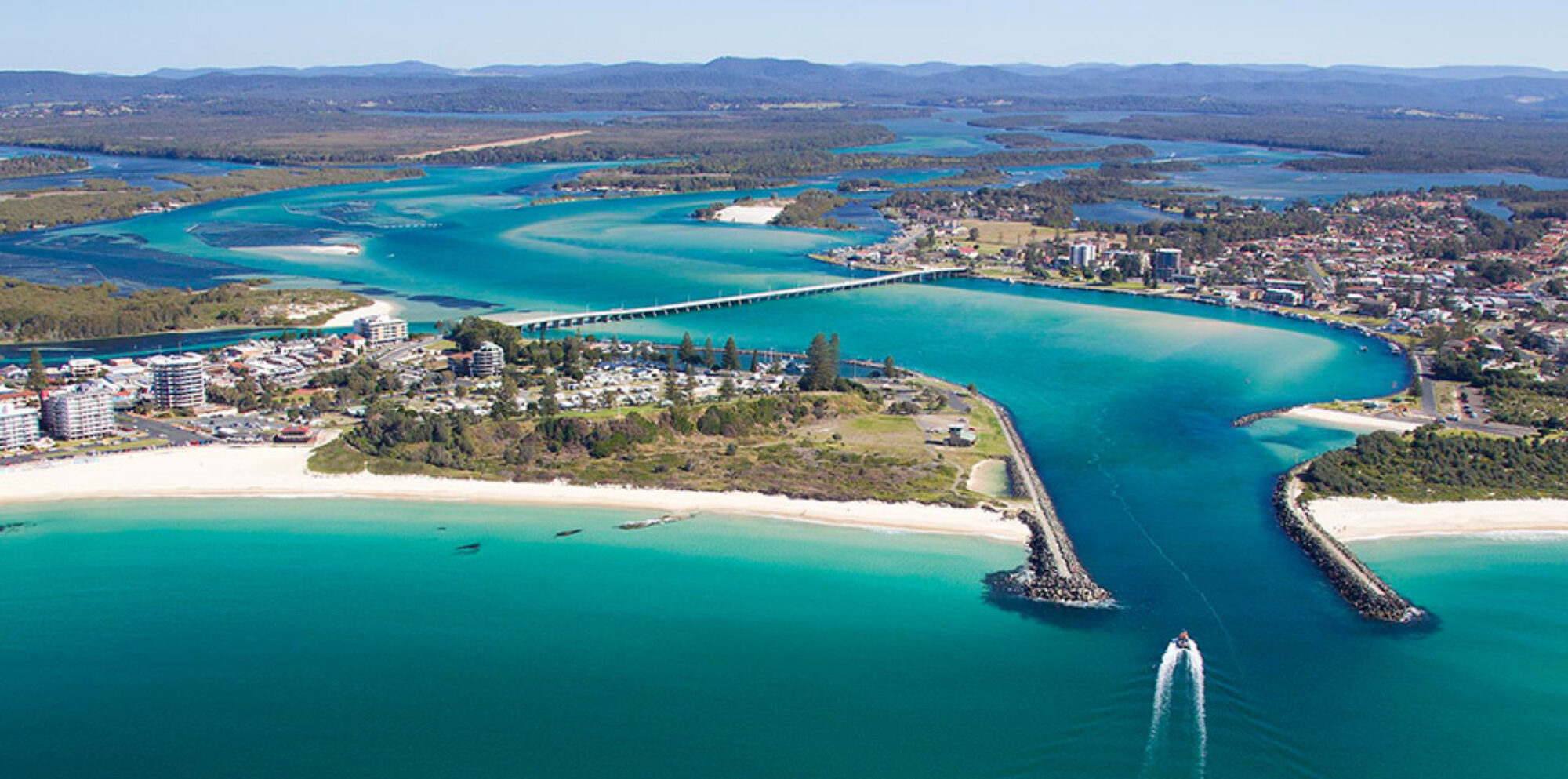The natural environment is made up of different features that are all related to create the areas around us that we live in and use for recreation. They include:
Land– the shape of the land (landforms) around us plays a big part in how we live on and use that land. Flat country, often found near waterways such as rivers and creeks is often fertile land that are used for farming and growing crops for our use.
Mountainous land is often used for our recreation for activities such as skiing, mountain bike riding or bushwalking.

Water– This is essential for our survival. Throughout history, populations have gathered near water ways such as rivers and creeks for drinking to keep us alive as well as for transport to other places and trading.
Today, we often utilise our waterways for our leisure activities. Inland waterways such as rivers and lakes are popular places for activities such as fishing, water skiing and kayaking etc. Coastal waterways like beaches are also used for fishing, surfing and diving etc.

Plants– Essential for our survival, plants are also often valued as important parts of our landscape for recreation. For Example, the wildflowers of Western Australia are a huge tourism drawcard, bringing in millions of dollars for small rural communities.
We are drawn to natural environments, surrounded by green trees. They provide a sense of relaxation, and in some cases awe. In our everyday lives we surround ourselves with plants, both in our yards and in our houses with potted plants.
Some tourism businesses have evolved to take advantage of the trees around us. An example of this is Treetops Adventures, which have ropes courses throughout Australia, allowing us to challenge ourselves amongst the trees of National Parks across the country.
Individual trees or plant species themselves become the attraction. For example, The Grandis, found in the beautiful Myall Lakes National Park in the Great Lakes Region is the tallest tree in NSW and attracts many visitors to see it.

Animals– Australia is famous for its unique animals. We are lucky to be surrounded by amazing animals that people from around the world come to experience. In some areas, these can be the basis for tourism businesses, often benefitting communities and providing employment.
One of the most famous examples is the Quokka of Rottnest Island in WA. People from all over the world come to the island to take “selfies” with the quokka.
Closer to home, our marine species are important for tourism ventures. Whale watching, dolphin cruises, fishing charters, shark diving etc are all key drivers of local economies along the coastline of Australia. Conserving these areas and ensuring the survival of these species is very important not only for the environment but also the economy.

Climate– The long term pattern of weather in an area has a huge impact on many of the things mentioned above, such as the types of plants and animals there, as well as the availability of water for survival and recreation.
Cold climates such as in the alpine areas of NSW are home to activities such as skiing and snowboarding throughout the winter months. Small communities such as Thredbo and Jindabyne are heavily reliant on this industry for employment and income.
In drier areas of our state, the low rainfall can lead to dramatic landscapes and huge areas of open spaces that are attractive for many tourists. The rugged beauty of these areas are iconic and what many people associate with Australia.

A changing climate may have a huge impact on the ability of some communities to sustain businesses based on agriculture or tourism, impacting their long term survival.
